Enter a surname, town name or other keyword to search the database. Remember to
allow for the different spellings of 'Mc' and 'Mac.' Good luck!
{Search tips: Use single word search terms for more results}
You must enter some valid character(s) into the search field
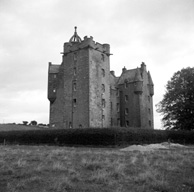
Reference: 1915b
Castle Stuart. The land the ca...
|
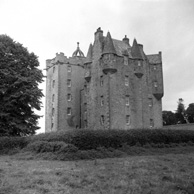
Reference: 1915a
Castle Stuart. The land the ca...
|
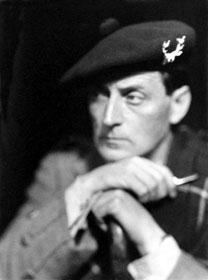
Reference: H-0238b
Sir Compton Mackenzie, (1883-1...
|
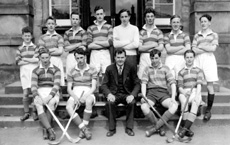
Reference: IRAA
Shinty 1949-1950. Rear: Willia...
|
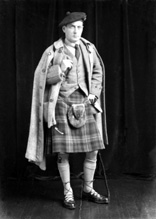
Reference: H-0238
Sir Compton Mackenzie, (1883-1...
|
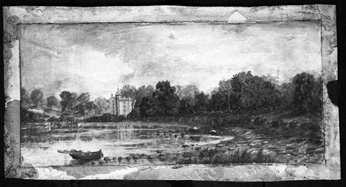
Reference: 429b
Edward Herraghty. Old, unframe...
|
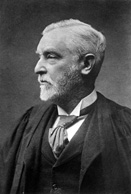
Reference: 26766
W. Taylor Rule Esq., Stuart Ru...
|
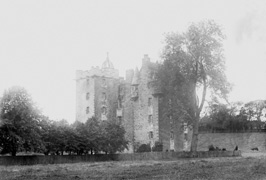
Reference: 2077
Castle Stuart,a 17th century t...
| |